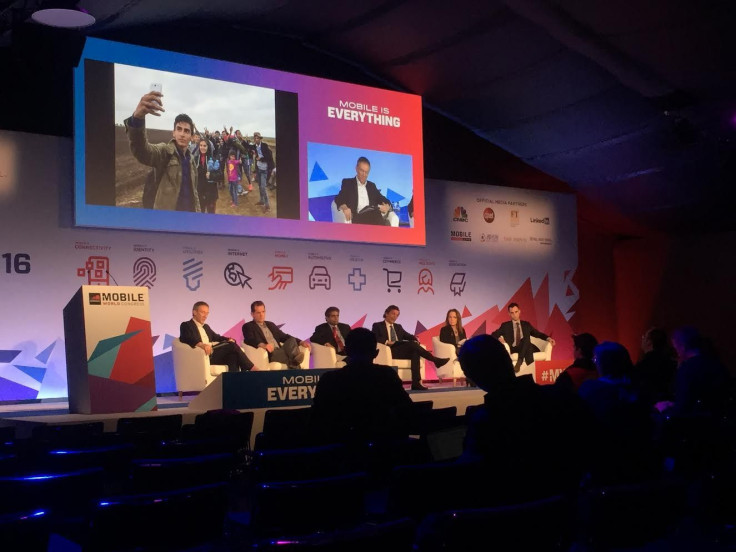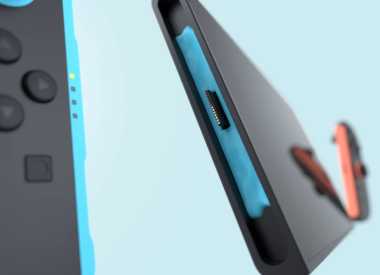A selfie is easy to mock. ‘Narcissistic millennials only care about themselves.’ ‘Look at those stupid tourists and their selfie sticks.’ But for Alec Barton, founder & publisher at Developing Telecoms, a selfie for people like the Syrian refugees is a symbol of safety, a wink to loved ones back home.
The image he put on the screen at Mobile World Congress during a forum on mobile and technology’s role in humanitarian aid was of a Syrian refugee taking a selfie with his group. The brief moment of happiness amongst the dread was “one of the most significant and moving images of the year.”
“These (refugee) selfies are about a simple and direct way to tell their family they are safe,” Barton said at MWC. “After safety, food, warmth and water, the next most important thing is the ability to communicate, which in reality means their mobile phone.”
Some of the first questions, he said, refugees ask when they get to a point is “‘where can I charge my mobile,’ ‘what network’ and ‘what’s the Wi-Fi password.’ Think about the significance of that.”
“Even though communities as affected by crisis, people are still people,” Jacob Korenblum, CEO & Co-Founder of Souktel Digital Solutions, said at MWC. “They are still mobile users, they still have needs or desire that someone sitting in this room has.
“People want to listen to music, take photos, do social.. it’s in fact a way of coping with the crisis surrounding them,” Korenblum said at MWC.
The industry should be proud it provides the technology to make this connection possible. But, he said, there is still so much to do. Better mobile humanitarian aide is about prevention, communication and working with those on the ground to identify the needs, the forum panelists said.
Elaine Weidman-Grunewald VP, Sustainability & Corporate Responsibility – Ericsson said today’s biggest humanitarian aid needs comes from not from natural disaster but human-induced problems.
“In the aftermath of a disaster the connectivity is vital … (because) any humanitarian crisis is a human crisis,” Weidman-Grunewald said.
There are two types of disasters where mobile connectivity crisis happen; natural and man-made. Both have the same instant need for connectivity but have individual challenges that have to be addressed differently.
Dr. Hans Wijayasuriya, regional CEO of Axiata Group, said one of the things mobile and data improvements can do is help better prepare areas predict disaster and communicate to the area that disaster is on the way.
He cited the 2004 Sri Lanka Tsunami disaster that claimed an estimated more than 230,000 lives. “Thousands could have been saved,” he said at MWC.
“The time factor is very crucial and between early detection or prediction,” because once disaster hits “communication overload sets in,” Wijayasuriya said.

















